Understanding the Tick Life Cycle
Ticks are hazardous parasites that can transmit diseases from one host to another. According to the Minnesota Department of Health, May is when ticks are most active and noticeable. However, they are a threat all year round. If you go outdoors often or have pets that go in and out of your home, they might enable a tick infestation that requires the help of tick removal services. Understanding the tick life cycle will help you see why you need to keep them out of your home.
Thousands of Eggs Turn Into Larvae
A female tick can lay many eggs before it dies. They won't all hatch, but if even just a few do, that adds up to a rapidly reproducing population of blood-sucking ticks in a relatively short period. When the eggs hatch, six-legged larvae emerge. The larvae are about the size of a grain of sand and look for hosts to get their first meal. Your pets and your family are the likeliest hosts if those ticks are born inside your home.
Larvae Molt Into Nymphs
The next phase of the tick life cycle is the nymph stage. Nymphs are brownish-red and attach to hosts to feed. They choose hosts that are larger than they fed on when they were larvae and are about the size of a poppy seed. Their small size makes it easy for them to fall onto wild animals, pets, and humans when they roam through the woods. They burrow into the skin until they reach the blood and stay attached to their hosts until fully fed.
Nymphs Become Adults
Nymphs molt again and turn into adult ticks that can stay attached to hosts and feed on them for a longer period of time. Their bodies are about the size of an apple seed and swell as they feed on blood. While feeding, they can infect their hosts with parasites, bacteria, and diseases, such as Lyme disease and West Nile virus. They are very difficult to pull off while attached to hosts, which is why it's important to hire
tick removal services to prevent infestations.
You can call to learn more at Innovative Pest Solutions. We look forward to hearing from you and working with you in the near future!


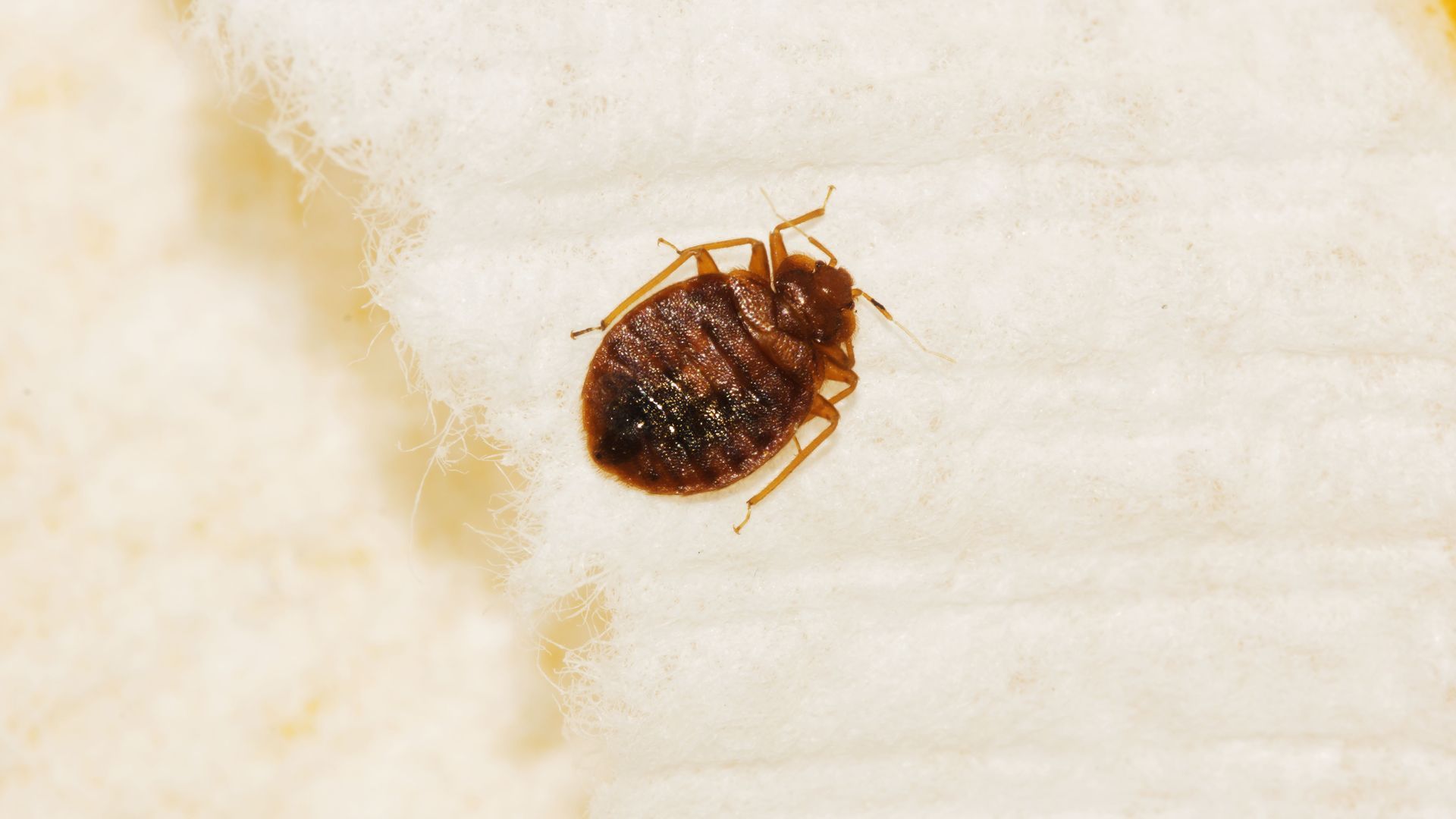

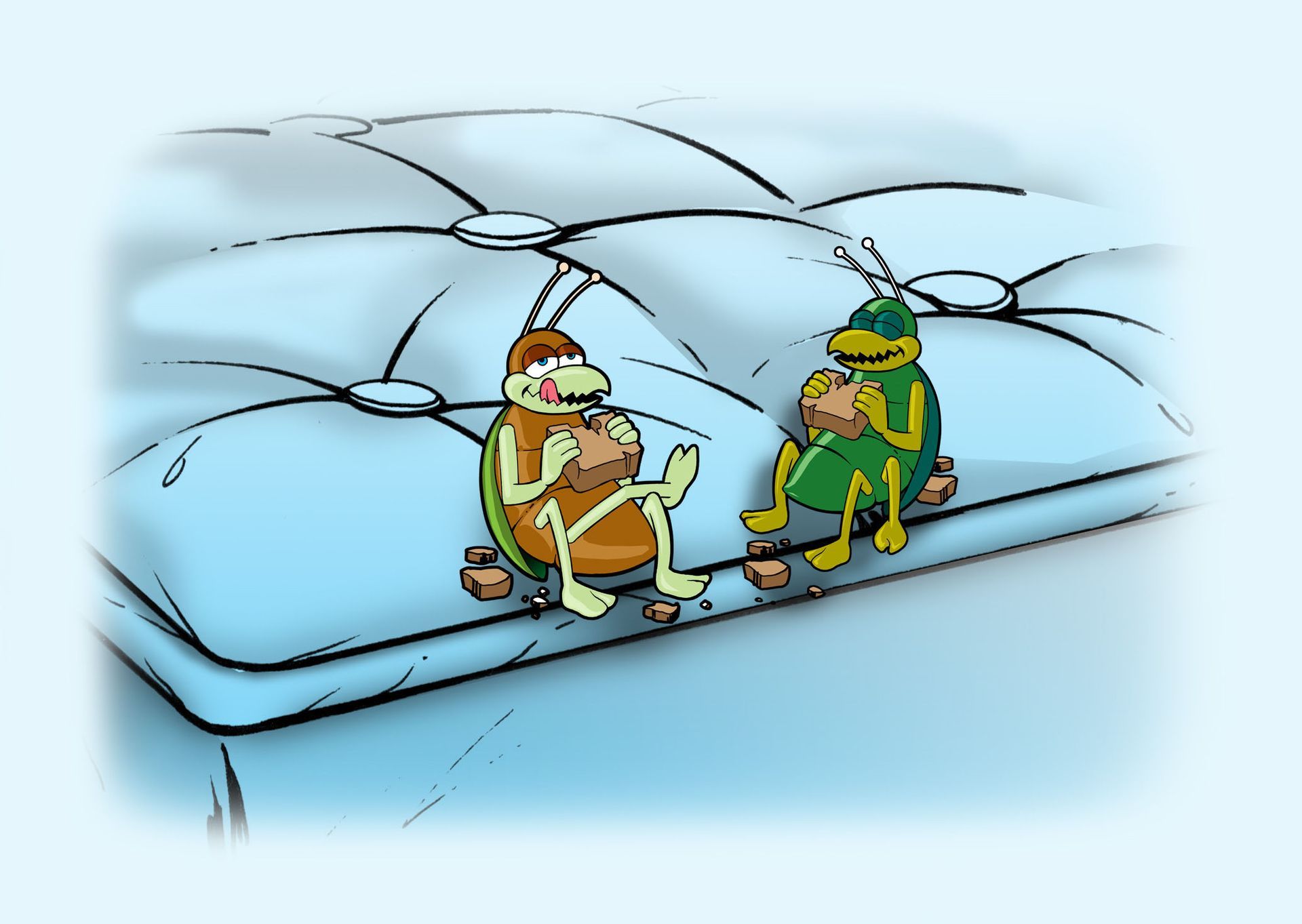
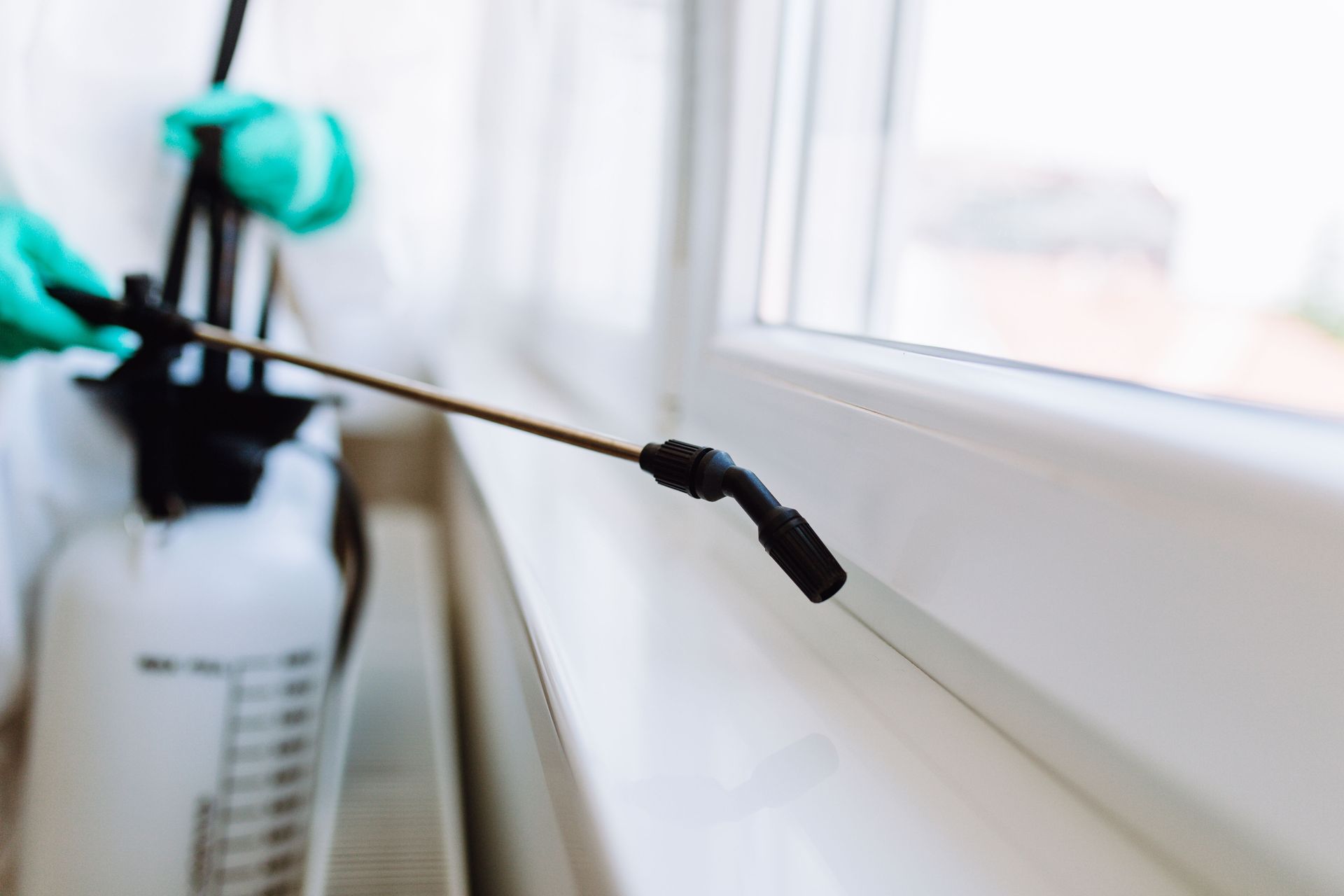
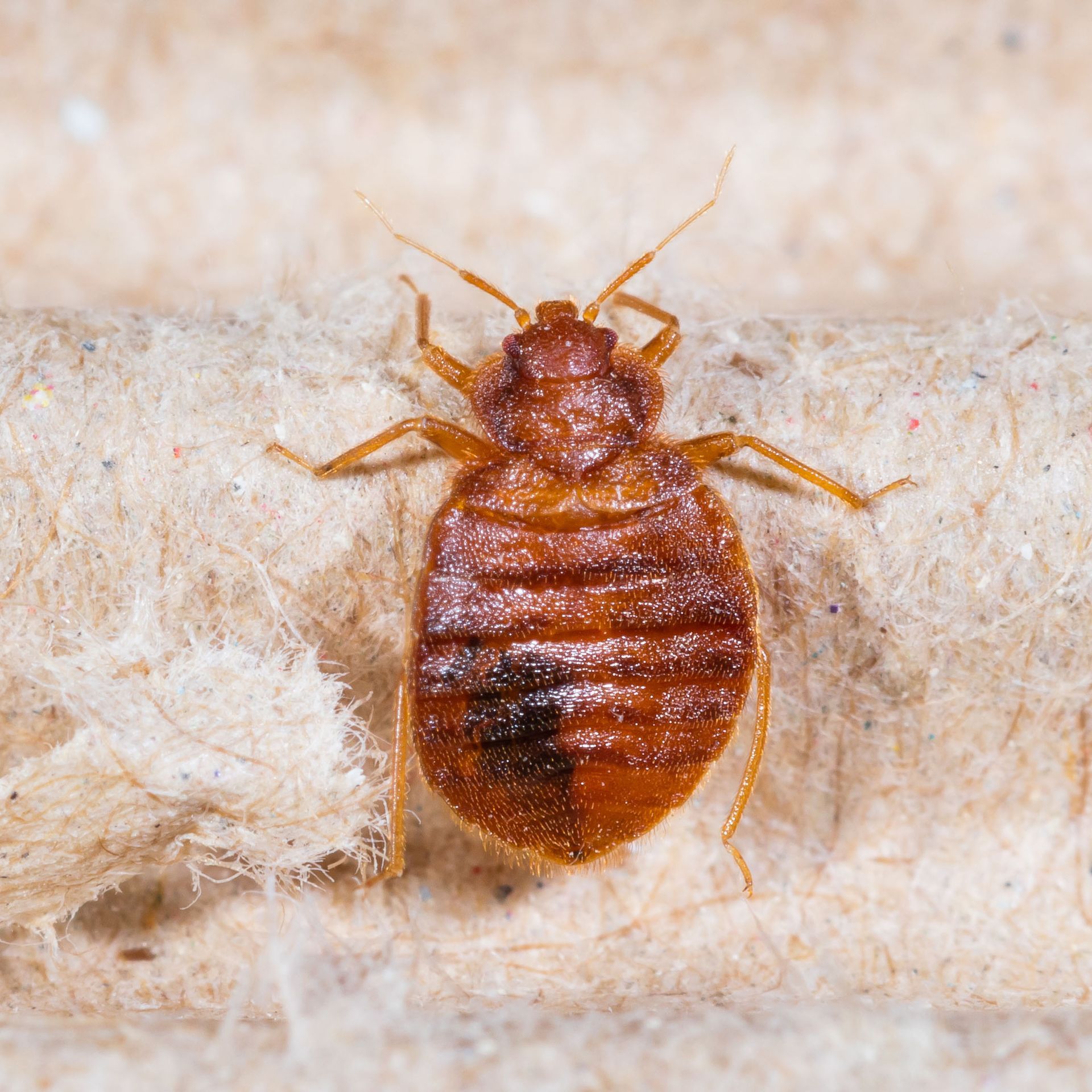



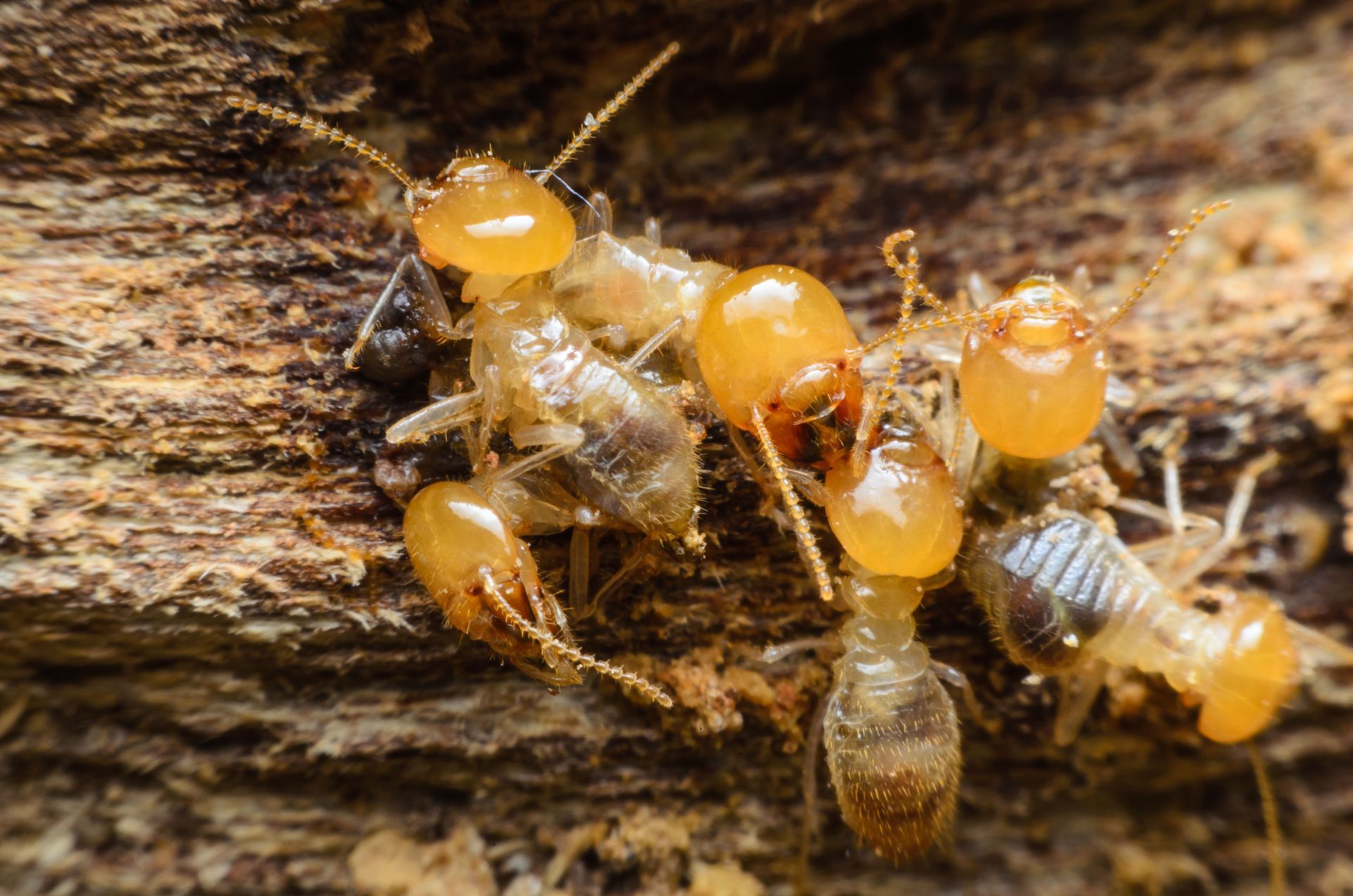
Share On: